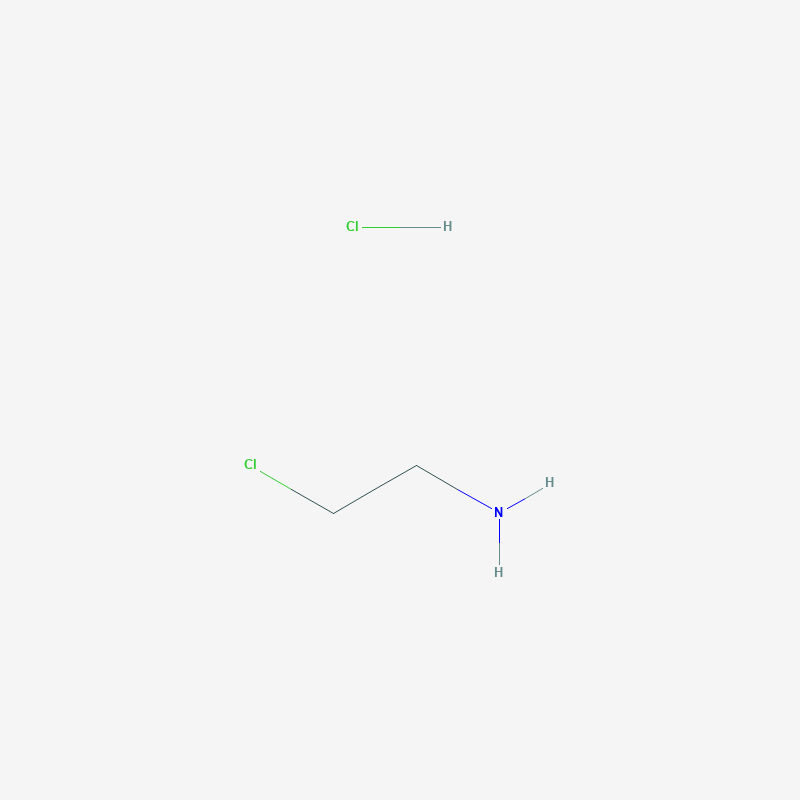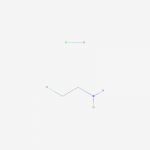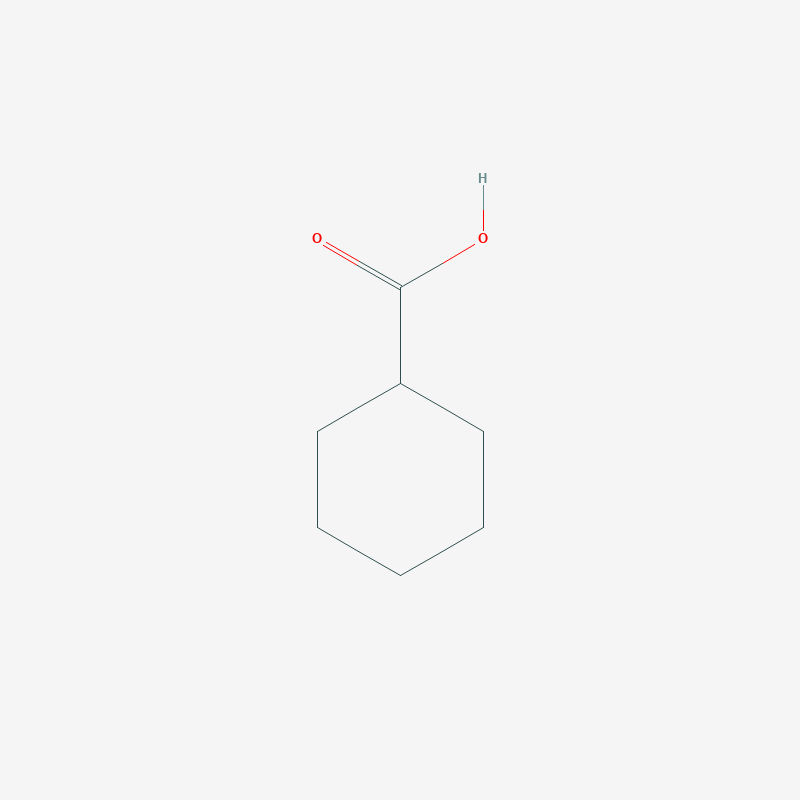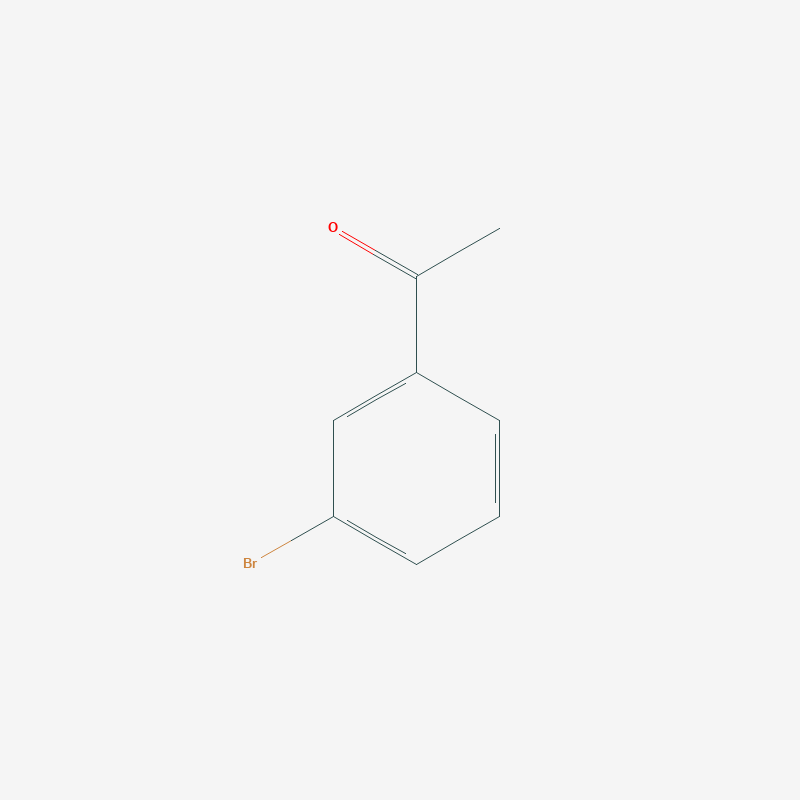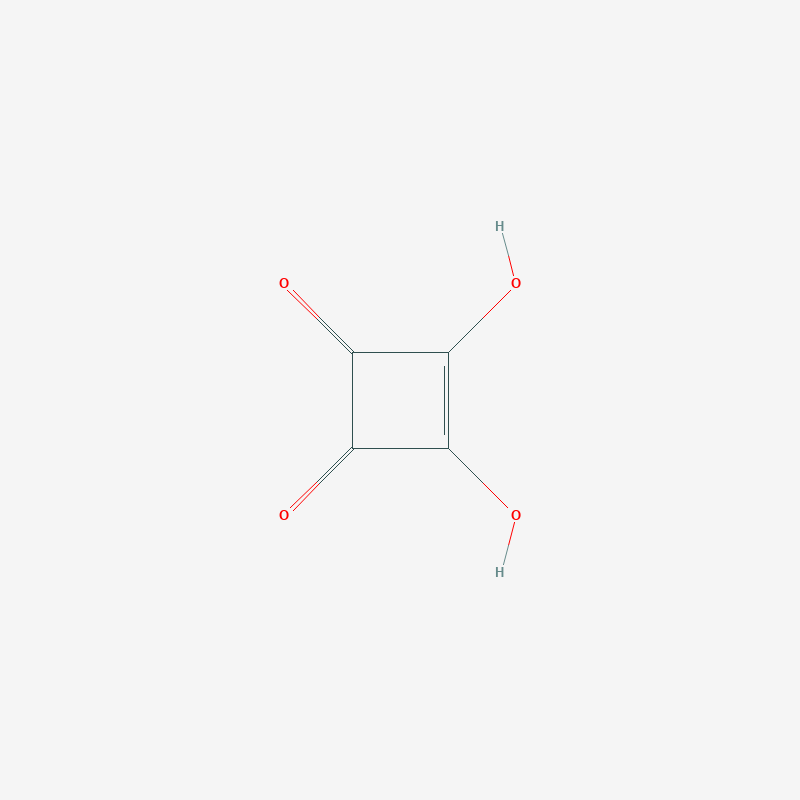| Purity / Analysis Method | >98.0%(T)(N) |
| Molecular Formula / Molecular Weight | C2H6ClN·HCl = 115.99 |
| Physical State (20 deg.C) | Solid |
| Store Under Inert Gas | Store under inert gas |
| Condition to Avoid | Hygroscopic |
| CAS RN | 870-24-6 |
| PubChem Substance ID | 87565911 |
| MDL Number | MFCD00012887 |
2-Chloroethylamine hydrochloride
Purity : >98.0%(T)(N)
CAS No.: 870-24-6
EC No.: 212-793-2
EC Name: 2-chloroethanamine;hydrochloride
ECHA Name: 2-chloroethylammonium chloride
Synonyms:
2-Chloroethylamine hydrochloride
870-24-6
2-Chloroethanamine hydrochloride
2-Aminoethyl chloride hydrochloride
Ethanamine, 2-chloro-, hydrochloride
Enquire For Best Price
For all our chemicals TDS, MSDS and CoA are available upon request
Specification & Properties
Specifications:
| Appearance | White to Light yellow to Light red powder to crystal |
| Purity(with Total Nitrogen) | min. 98.0 % |
| Purity(Argentometric Titration) | min. 98.0 % |
| Melting point | 144.0 to 149.0 deg.C |
Properties:
| Melting Point | 147 deg.C |
| Solubility in water | Soluble |
Safety & Regulations
Safety Information:
| Chemical Safety |
| Signal Word | Warning |
| Hazard Statements | H315 : Causes skin irritation. H319 : Causes serious eye irritation. |
| Precautionary Statements | P264 : Wash skin thoroughly after handling. P280 : Wear protective gloves/ eye protection/ face protection. P302 + P352 : IF ON SKIN: Wash with plenty of water. P337 + P313 : If eye irritation persists: Get medical advice/ attention. P305 + P351 + P338 : IF IN EYES: Rinse cautiously with water for several minutes. Remove contact lenses, if present and easy to do. Continue rinsing. P362 + P364 : Take off contaminated clothing and wash it before reuse. P332 + P313 : If skin irritation occurs: Get medical advice/ attention. |
Related Laws:
| RTECS# | KR1800000 |
Transport Information:
Hazard Classification:
Danger!
According to the classification provided by companies to ECHA in REACH registrations this substance
causes severe skin burns and eye damage and
is suspected of causing genetic defects.
